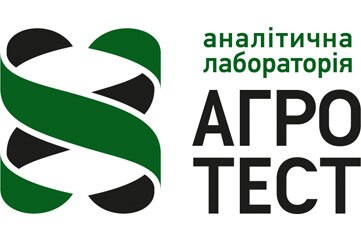Seeding mapping
As an additional option to the analysis of soil for precision farming, our laboratory offers a service of drawing up a liquid task for the technology of variable seeding rate.
The technology of differentiated seeding allows to optimize the growth density of plants in different parts of the field and effectively use the resources and potential of each heterogeneous part of the field. In particular, various reserves of productive moisture, organic matter, nutrients, light distribution and more. In essence, increasing the seeding rate in more productive areas of the field and decreasing in less productive.
Differential seeding is a prerequisite for ensuring optimal ecological conditions during the period of plant growth and development.
HOW IT WORKS
Variable seeding or differentiated seeding (diff. seeding) is a precise agricultural technology that allows you to properly and accurately adjust the seeding rate depending on the variability of chemical and physicochemical properties of the soil, terrain, weather conditions and other factors. Diff. seeding not only provides the best opportunities for the use of different characteristics of soil nutrients and moisture content, but can also increase yields by reducing seed consumption. Seed germination, crop development and yield potential may vary in different parts of the field, and thus diff. seeding is a method of linking the number of seeds to a specific area, thereby increasing yields and profits from production. By implementing these methods, farmers can pay more attention to investing in areas with higher return potential. The application rate map is an electronic data file that contains specific information about the application rates to be applied in each area of a specific field. One of the main reasons for the increased interest in diff. seeding is that technological solutions implemented in agricultural machinery have become easier to implement. In addition, innovation diff. seeding in combination with high-precision global satellite navigation systems allow farmers to create and implement regulations to optimize seed placement and yield.
ACTUALITY OF TECHNOLOGY
Diff. seeding is especially useful in heterogeneous fields, ie in fields with different content of soil organic matter and different ability to retain moisture. Measurements of soil properties, plant condition and yield are performed using a system of precision farming. During the development of the application program diff. seeding in each of the fields requires the right choice of precision farming technologies (for example, variable rates of fertilizer application). Yield maps showing the difference in crop yields within a particular field or fields are also often used to identify areas with different yield potentials and seeding rates.
WHAT DOES IT
DEPEND ON?
Diff. seeding adapts the appropriate seeding rate for each plot or field area. These areas are obtained from data on the mechanical composition of the soil, the value of electrical conductivity and pH of the soil, yield maps of specific areas, as well as indicators of soil organic matter. You should also pay attention to some factors that may limit the potential yield (chemical and physico-chemical). Diff. seeding for a specific field (with a variable seeding rate for each section of this field) allows you to optimize the seeding density to obtain the best agronomic and economic results. Currently, various technologies are used to determine soil variability and yield: soil analysis (most often), sensor systems, contact and non-contact equipment, mapping and modeling technologies. Diff. seeding directly depends on the characteristics of the field, the possibilities of seeding machinery, the planned harvest, soil productivity and the interaction of machinery with the environment.
